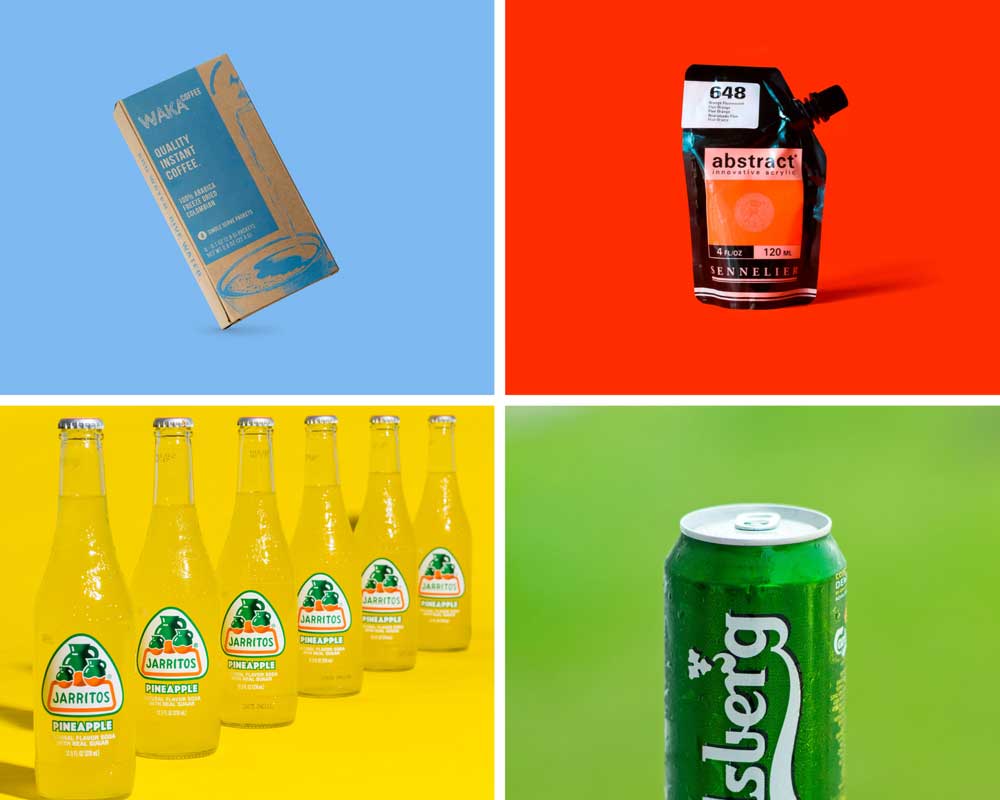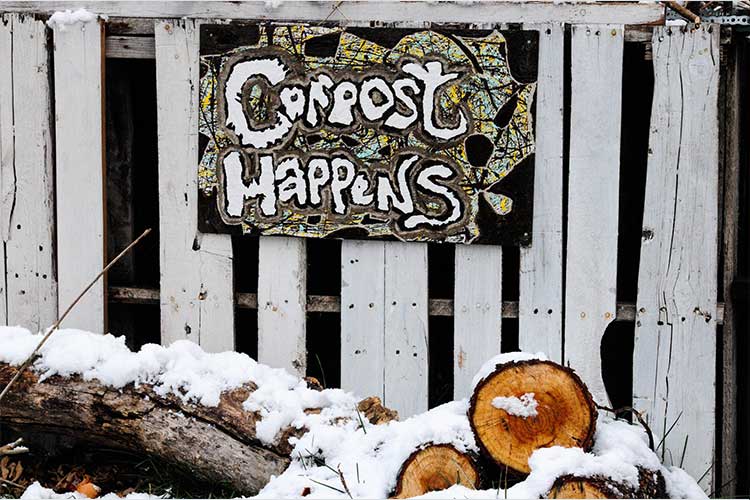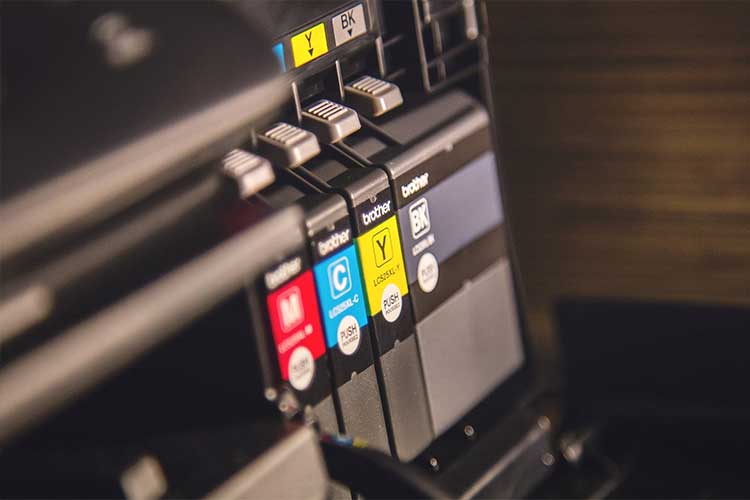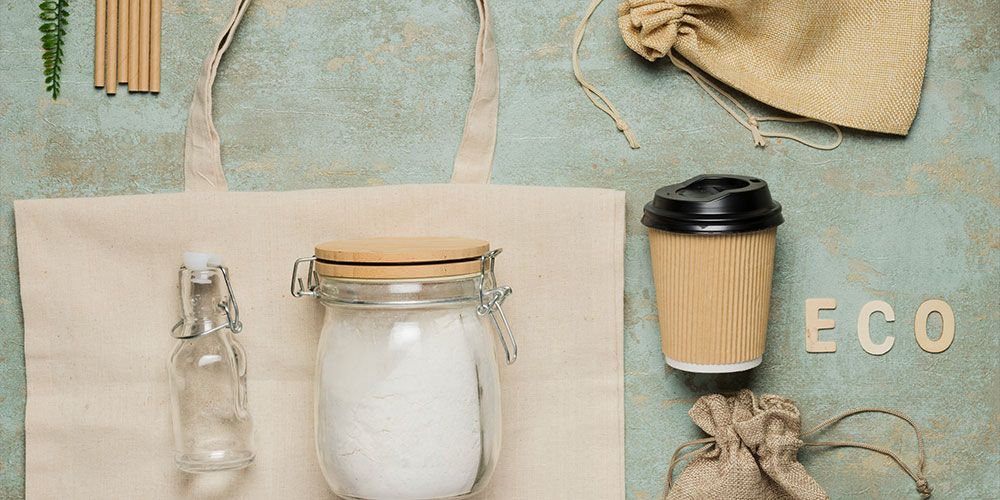Has a customer ever asked you a difficult question about your packaging?
“Is this packaging paper from recycled materials?”
“Is the ink used in your packaging soy-based?”
Or even questions that probably have nothing to do with your brand such as: “Is the packaging factory paying its workers a fair living wage?”
It’s surprising how many people take the time to find out more about what they are purchasing. Reports have shown that 69% of respondents are concerned about the environmental impact of plastic packaging and 48% say that recyclable packaging is a viable option to replace single use plastic and other harmful materials. 37% say that they will look for and pay up to 5% more for environmentally friendly products.
In an attempt to be more environmentally and ethically conscious, numerous brands have switched to sustainable packaging alternatives. In fact, your brand might have been one of them and kudos to you for being socially responsible! But there’s more to it. You must know exactly the kind of packaging you use and the kind of partners you work with. This is not just to answer customers' questions but as a way to add value to your company.
If those difficult questions have left you speechless, it's time to start looking for answers. Take the first step by asking the right questions. As a trusted packaging expert, we have compiled a list of questions you need to ask your manufacturers. In part 1, we are tackling questions about what the packaging is made of?
1. What materials make up the packaging? Is it recyclable?
Packaging material could be made of paper, rigid plastic, or even flexible packaging, made of low-density polyethylene. It is important to know what materials go into the packaging to gauge whether it can protect your product, reflect your brand, and to understand if it is sustainable.
The most common material for recyclable packaging is cardboard but materials such as glass, metal, paper, and even some kinds of plastics can be recycled. Be sure to ask how much of the new packages are made of post-consumer recycled content. Post-consumer content includes any waste that is produced by the end customer that is recycled and put back into the production process. Although 100% post-consumer recycled packaging is available, some manufacturers use other materials to make the packaging more durable. For example, PackMojo’s materials are made from at least 70% post consumer content.

One of the best practices when it comes to sustainability is reducing. This might mean that you may need to opt-out of using foams, films, and air pellets. It is always good to ask your packaging partners to only use packaging materials that your product really needs.
2. Is the packaging biodegradable?
Biodegradability is the ability to break down the materials by microorganisms. Thanks to bacteria, fungi, a good amount of heat and oxygen, materials disintegrate into natural elements. However, the time needed for disintegration is not specified. Some biodegradable packaging could leave behind chemicals and toxins. Anything plant-based, animal-based, or natural mineral-based is biodegradable. Here are some examples of common materials and how long they take to decompose:
- Paper roughly takes 2 - 5 months
- A plastic bag would take 10 - 20 years
- Tin can take up to 50 years
- Glass can take thousands of years
You might also come across the use of bioplastics. Bioplastics are made from vegetable fats, straw, sawdust, recycled food waste, etc. It requires extremely high temperatures to break down and cannot do so in closed landfills or home composts.
3. Is the packaging compostable?

Compostable packaging is also made of natural resources which breakdown at high temperatures. Though unlike biodegradable packaging, it goes one step further to leave behind nutrients that can be used as fertilisers to help soil nutrition and plant growth. The best way to differentiate compostable and biodegradable packaging is that all compostable material is biodegradable, but not all biodegradable material is compostable.
Compostable packaging should typically decompose within 80 days, so ensure all the raw materials used in your packaging breakdown within that time frame. While cardboard is the most commonly used compostable material, many other alternatives such as banana skins, bamboo and potatoes are also being used.
With more research and more customers demanding home compostable packaging, many companies are now manufacturing packaging that can break down at lower temperatures, in your own backyard. Along with cardboard, sawdust, fruit and vegetable skins, and paper can be composted at home.
4. Is the ink used in packaging sustainable?
Inks play an important role in packaging. Many ink manufacturers have eliminated the extreme use of heavy metal like lead and other by-products that are a potential hazard to human health and nature.
Soy-based and water-based inks reduce and in some cases eliminate the use of petroleum-based solvents. Be mindful that for soy-based, the ink’s oil only needs to contain a minimum of 6% soy for it to qualify as soy-based. Make sure you ask your supplier about the other materials that go into the ink.
Thanks to developments in the water-based ink industry, these inks are not only environmentally friendly but also suitable for printing on cardboard packaging without the risk of the ink being absorbed. Typically, these inks compose of 60% water.

These questions are a start to being well informed and will give you a better understanding of what your packaging is made of. With more knowledge, your brand can take pride in telling your customers all about your sustainable packaging. Stay tuned for part 2 where we cover the questions you need to ask about the ethical production of your packaging.
